Can cellphones cause acne?
We’re all addicted to our smartphones. Some more than others.
Whether you’re checking your emails, updating your social media status, or just chatting with friends, the chances are your cellphone is always close-by.
The modern smartphone has a lot of benefits to offer. It ensures instant connectivity with the people we care about most. Plus, a cellphone can also make you more productive in the workplace. It’s little wonder that there are now more than 3 billion smartphone users worldwide.
The only problem? Regular screen time isn’t great for your health, your relationships, or your skin.
That’s right – not only can regular cellphone use cause problems with your sleeping patterns – it could be harming your skin too.

Table of Contents
What is Your Cell Phone Doing to Your Skin?
So, can cellphones cause acne?
If one day you wake up with a string of zits down the side of your face, you might have your phone to blame. Every time you bring your smart phone closer to your face, you’re causing small amounts of damage to that epidermis.
Sad but true.
As tough as it might be to live without your smartphone, it could be causing a variety of issues with your skin, including (but not limited to), acne.
Here are the most common problems your phone causes for your skin:
1. Allergic reactions
It sounds absurd, but your body can actually develop allergic responses to your smartphone.
Many smartphones have chromium and nickel in the casing which can eventually cause a reaction called contact dermatitis. If you’re wondering if you’ve already experienced it, an allergic reaction to nickel would appear like a slightly blotchy rash.
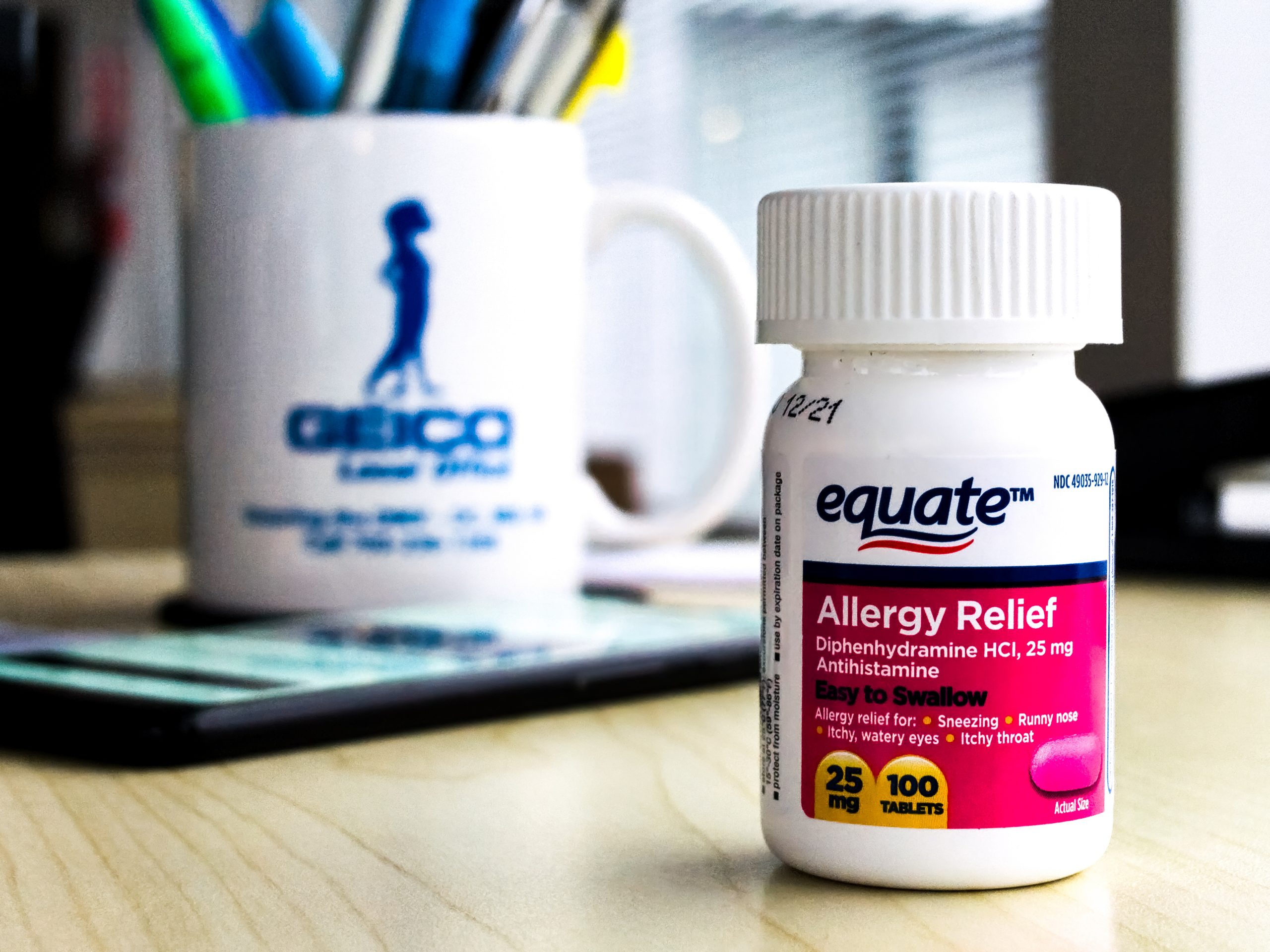
If you have had a problem with allergies caused by your phone before, it’s pretty difficult to avoid it. The best thing you can do is buy a screen guard, a plastic case, and a protector. This way, you won’t have any direct contact between your skin and your phone.
Another option is to use headphones and headsets to take your calls, so you don’t have to hold your phone to your face – we’ll come back to that suggestion.
2. Wrinkles
Have you ever heard of the phrase tech neck?
It’s a term that’s growing in popularity lately. In the past, people used the term “tech neck” to refer to the strain and pain you got from constantly looking down at your smartphone.
These days, the term can also refer to the wrinkles that develop around your neck when you’re looking down at your phone.

Just as you can end up with “crow’s feet” if you frequently squint throughout the day, looking down at your phone will eventually have long-term effects on your skin.
The best way to prevent the problem is to stop looking down at your phone so often. Make sure that you keep your posture elevated and look up from your Instagram feed every once in a while.
Health and beauty experts also recommend using products that promote cell renewal, like retinoid and glycolic acid. Remember, prevention is better than cure.
3. Dark spots
Have you ever noticed how your cell phone seems to heat up in certain spots when you’re using it for longer periods of time? That temperature isn’t doing your skin any favors. As the skin on your face is constantly in contact with the heat of the phone, this can cause changes to melanin production.
When your melanin production goes haywire, you start to develop dark spots.
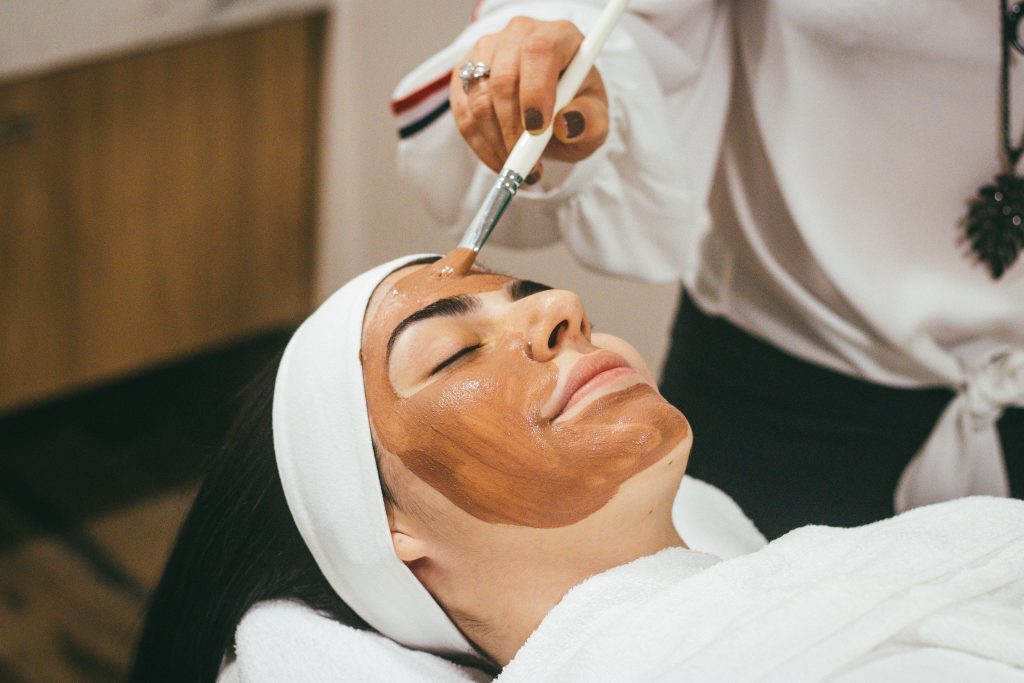
Although scientists say that the exposure to the light and heat emitted from your phone isn’t directly linked to DNA damage, studies reveal that increase in pigment production leads to premature hyperpigmentation and age spots.
If you already have a high chance of developing pigmentation issues, your phone could easily aggravate this problem.
4. Acne
So, can cell phones cause acne too?
Acne is the most common skin problem caused by cellphone use.
It’s hard to say outright that cellphones cause acne more than anything else – but there’s some evidence here.
Your phone might be a place for entertainment, information, and connectivity, but it’s also a hotbed of bacteria, germs, and dust. When you’re holding your phone to your face, you’re covering your skin in all of that terrible stuff.
As your skin rubs against your phone, the screen accumulates more nasty stuff too – including sweat, moisture, makeup, and other substances. Repeated use of the phone throughout the day means that you end up with a massive accumulation of germs. It’s no wonder that breakouts are common.
If there’s a significant amount of dirt on your phone, you might even end up clogging the pores of your skin. This prevents the formation of natural skin oils that protect you from zits.

So, what can you do when cellphones cause acne?
There are a few answers to that question. If the only problem with using your cell phone was the dirty screen, you could consider regularly cleaning the phone surface with the right cleanser. This is a common suggestion among people who spend a lot of time on their phone.
Unfortunately, that extra step won’t always be enough.
Why Do Cellphones Cause Acne?
So, why do cellphones cause acne?
Well, as we mentioned above, part of the problem comes down to the stuff that’s all over your cellphone screen. Think about how much stuff your phone gets exposed to each day. When you’re swiping through pictures, you’re also leaving dirt from your hands on your phone.
When you place your phone on your desk or put it in your coat pocket, it’s exposed to extra germs and bacteria. According to research, your phone is about 10 times dirtier than a toilet seat and you’re constantly putting it on your face.
The dirt and germs on your phone cause breakouts by clogging your pores and preventing them from producing natural cleansing oils. On top of that, holding a phone to your face causes friction that promotes inflammation and breakouts. If you notice that you’re constantly getting zits on your check, around the jaw area, and anywhere else regularly exposed to your phone, you know you’ve got a problem.
So, why isn’t disinfecting your phone good enough as a way to protect yourself?
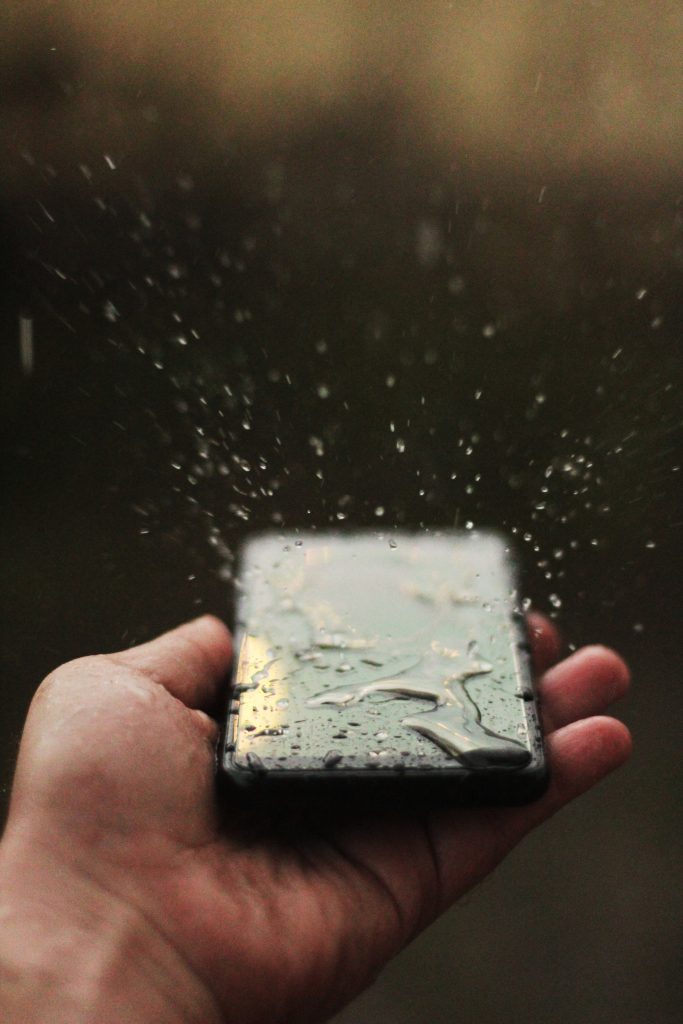
First of all, let’s be honest – most of us wouldn’t remember to clean our phone every time we used it. That means that bacteria and germs still have the opportunity too build up. You could go as far as to invest in a UV-light cleaning utensil to keep your phone free from germs – but even if you use it every day, you won’t banish all exposure to bacteria.
Other steps to promote hygiene and cleanliness can help. Washing your hands before you touch your face reduces the risk of breakouts and blemishes. Cleaning your face with the right substances regularly is helpful too. Salicylic acid, for instance, helps to remove excess oil from the skin to keep your pores clear.
Unfortunately, even if your face, hands and phone are completely clean you could still be damaging your skin every time you answer the phone.
Why?
The problem is blue light.
How Blue Light Aggravates Acne
Blue light is another reason why cellphones cause acne
If you’ve read any recent studies on the blue light in your smartphone, you’ll know that it’s not ideal for your health. Regular exposure to blue light (the light from devices like your cell phone) can cause a range of problems with your mood, concentration, and sleep patterns.
Studies show that blue light significantly disrupts your sleeping pattern. Here’s a helpful graphic from Business Insider to give you more information:
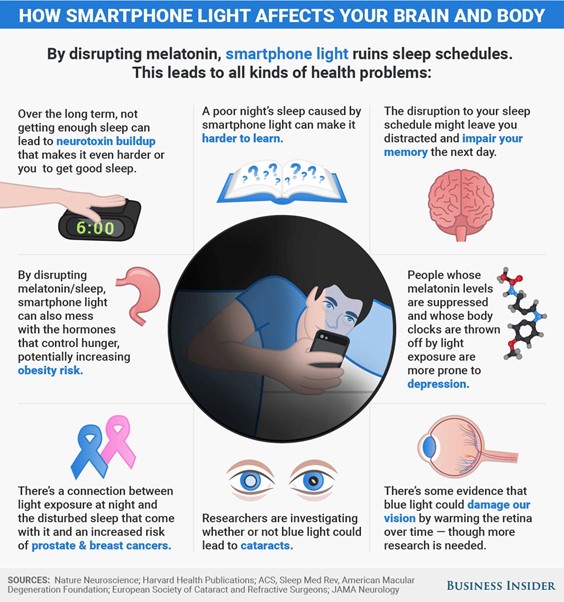
Unfortunately sleep problems aren’t the only issue caused by blue light. This substance also has the potential to harm your skin through free radical generation. Blue light induces oxidative stress in live skin, which promotes premature skin aging – just like being exposed to UVA light.
What’s worse, blue light can usually penetrate deeper into the skin than UVB and UVA light. It can get right down into the dermis, where you’ll find elastin and collagen. That could be why cellphones cause acne more than other electronics.
Currently, research into the influence of blue light on skin is still underway. Scientists aren’t fully sure how much damage this kind of light causes. We know that blue light is bad for your sleep cycle, and bad sleep has an influence on all of your other health, however.
In fact, sleep deprivation is one of the three main triggers for acne, alongside stress and sweating. Studies say that sleeplessness unsettles the chemical balance in your body and skin, which means you’re more likely to develop pimples.
Blue Light and Skin Damage: A Growing Concern
Aside from the indirect skin problems that blue light causes through sleeplessness, there’s also some evidence that the light may have a more direct influence too. Experts are beginning to explore the idea that ultraviolet light could damage cell DNA.
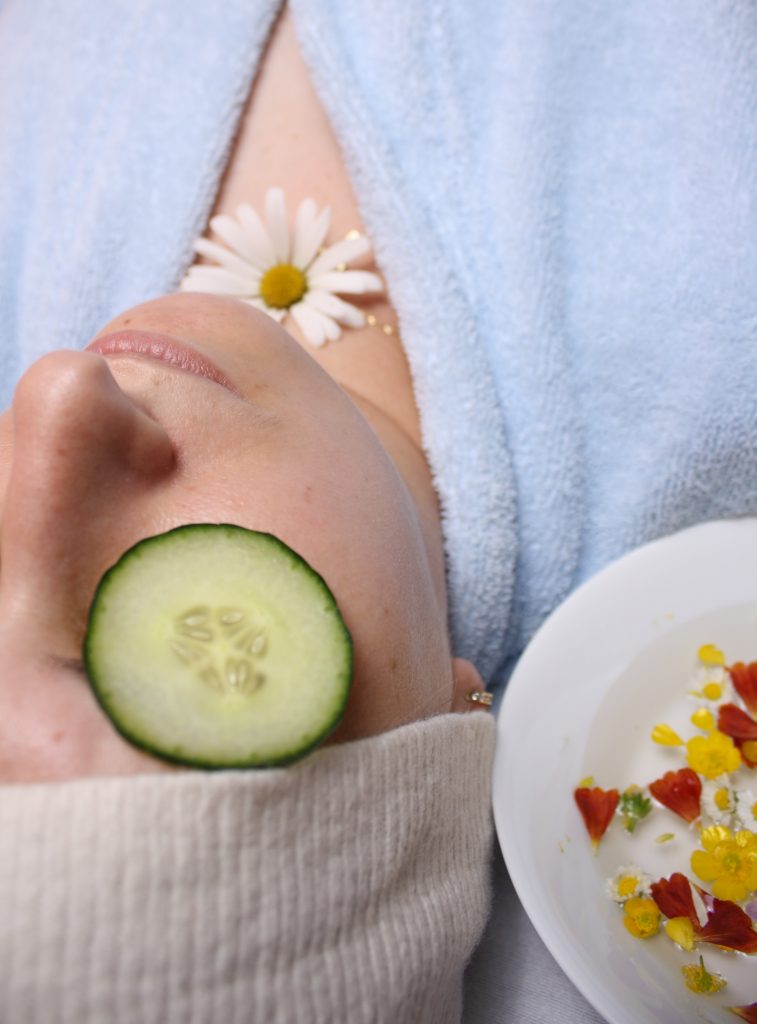
A specific chemical in your skin called Flavin absorbs blue light and produces unstable oxygen molecules that harm the skin, poking holes in your collagen production.
Studies in 2010 found that people with skin of color are more likely to respond to the negative impact of blue light. The research found that people with medium to dark skin may develop dark spots and hyperpigmentation after frequent exposure to blue light.
Interestingly, there are some health and beauty facilities around the world today that actually use blue light to treat various skin conditions. You can find treatments with lamps that claim to treat acne and precancerous lesions. The evidence that blue light can be both damaging and beneficial to skin has lead to a lot of confusion in the scientific community.
It’s difficult to identify blue light from your phone as simply “good or bad”.
How Can You Protect Your Skin from Cell Phone Damage?
So, how do you protect your skin from damage caused by smart phones? How do you respond when you know cellphones cause acne?
Whether you’re worried about acne caused by the bacteria on your phone, or you’re concerned about your response to blue light, the best solution is the simplest one. Reduce the amount of contact between your phone and your skin.
In an ideal world, you would avoid putting your phone anywhere near your face by using earbuds and Bluetooth headsets instead. This wouldn’t allow you to sit scrolling through your device on your social media channels for hours.
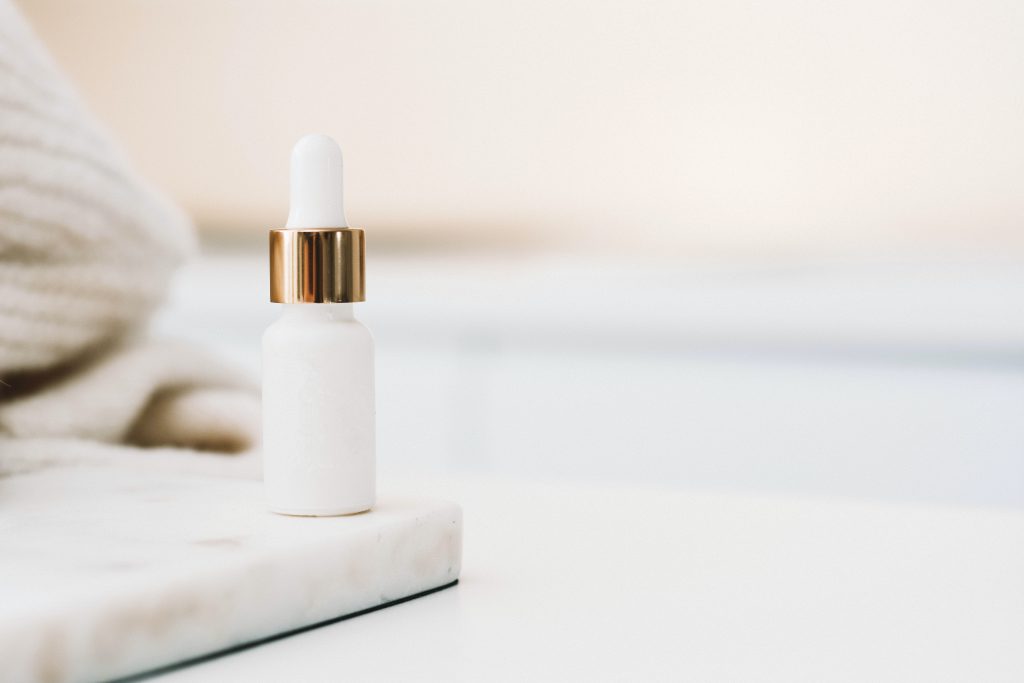
However, that could be a good thing if you want to reduce your risk of tech neck.
Having a headset or set of headphones will mean that you can take calls without pressing your phone into your face, however.
By using a headset, you stop existing bacteria on the phone screen from connecting with your face during a call. You’re also not exposing your skin to any unnecessary friction, discomfort, or heat that might irritate it and cause inflammation. The less inflammation you have to worry about, the lower your chances of acne.
Earbuds are a better choice if you don’t want to be tied to your phone, and they also reduce the risk of anything rubbing against your skin.
Other Ways to Reduce Your Chances of Acne
If the fact that cellphones cause acne worries you, there are steps you can take.
Aside from wearing a headset, there are a few other things you can do to lower your risk of acne. For instance, if you’re worried that the amount of blue light coming from your phone could be causing skin damage, then consider using night mode.
Go into the Control Center on your iPhone to turn on Nightshift. You can decide exactly when you want to turn this mode on, or you can just set your display to be “Night Shift” all the time. This essentially means that you’ll have less blue light emanating from your screen.
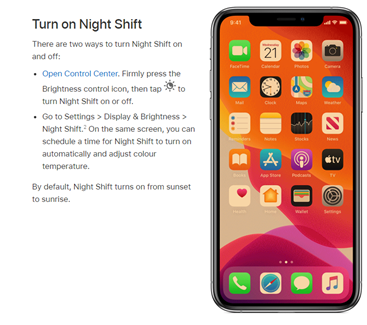
Remember, using night shift doesn’t mean switching your phone to dark mode. While night shift adds more yellow and orange to your phone’s light, dark mode just switches your white backgrounds to black. Of course, that could be easier on your eyes – but there’s no guarantee it will do anything for your skin.
When you’re using your phone, try to avoid excess pressure too. You don’t have to squash your device against your face to hear anything. You should be able to hear well enough anyway. If you can’t look into turning your volume up.
When you’re on a call, you can turn the volume up by using the volume buttons. Don’t forget to clean the receiver at the top of your phone if you’re listening tat full volume and still not getting great sound quality. There’s always a risk that something’s clogging that.
Hold your phone loosely against your ear to avoid any of the friction, rubbing or pressure that might aggravate acne or inflammation.
Be Proactive with Skin-Friendly Products
Yes, cellphones cause acne, but so do a lot of things. Protecting your skin is how you fight back against all kind of acne causes.
After you switch to night shift mode, try investing in some extra protection for your skin. There’s no guarantee that a good moisturizer will protect you from acne of course. But a good skincare routine never hurt anyone. Some experts recommend mineral sunscreens that include iron oxides. Apparently these are more protective against visible light (like blue light)
Any sunscreen or protective serum might be helpful – as odd as it sounds. If the aging effects of blue light, and the fact that it could have the same kind of impact as sunlight worry you – try a sunscreen. HEV acts a lot like UVB and UVA rays, so it makes sense that you’d want to use more sunscreen if you’re going to be pressing your phone against your face for long periods of time.
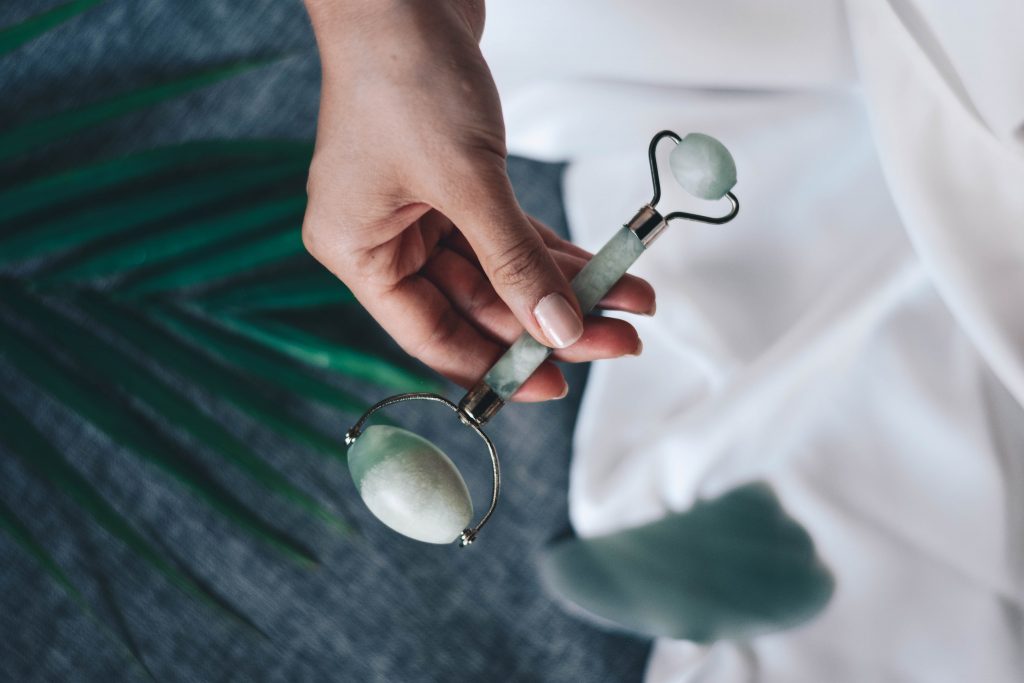
Aside from using moisturizing serums and sunscreen, remember to be proactive with the way you use products to fight against acne. You can get various acne-fighting creams on the market that might help you to prevent spots before they arise if you know you’re at high risk of cell phone acne. Remember to pay special attention to your cheeks and other areas that come into contact with your phone.
Using an exfoliation scrub to get rid of dead skin cells and pore blockages is a good idea too. A lot of the acne caused by your cell phone comes from the fact that your pores get clogged up and can’t produce the right oils.
Take a Break from your Phone
Cellphones cause acne, but they also cause a lot of other problems.
Although there are a handful of things that you can do to reduce your chances of skin problems caused by your device, there’s one step that’s going to make the biggest difference of all: spending more time away from your phone. Cut down on the amount of exposure you get to your phone by having video calls instead, or just ignoring your device for a little while.
As amazing as your smartphone might be, it can also cause it’s fair share of problems if you’re not careful. Over exposure to your phone makes it much harder for you to defend yourself against everything from the build-up of bacteria, to excessive blue light. If you want to give your skin the treatment it deserves, schedule some tech-free time every once in a while.
Put away your phone and spend some time in the sunlight. Trust us, it will help. Even if you’re just worried about the idea that cellphones cause acne, a little break can be a good idea.
